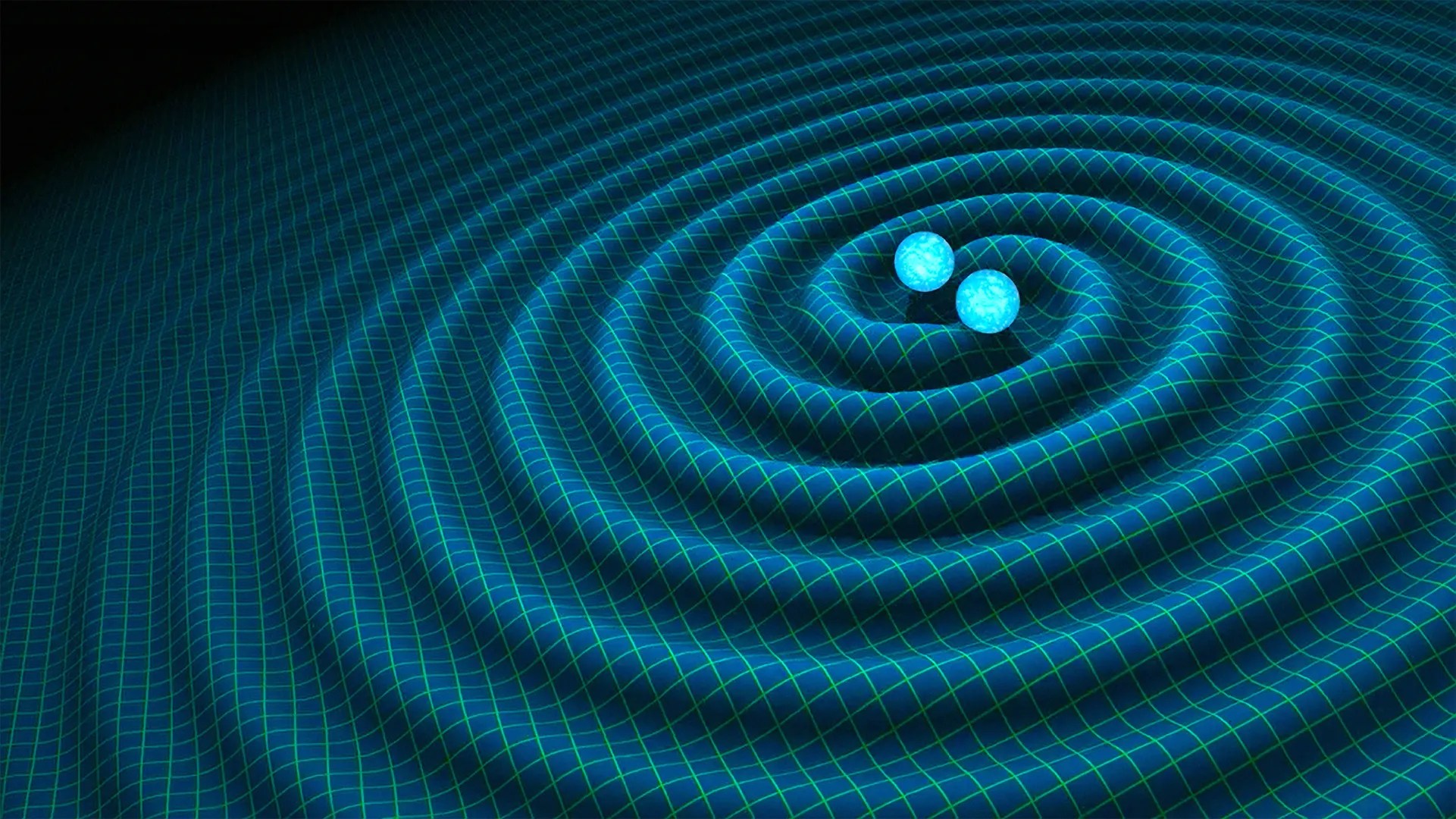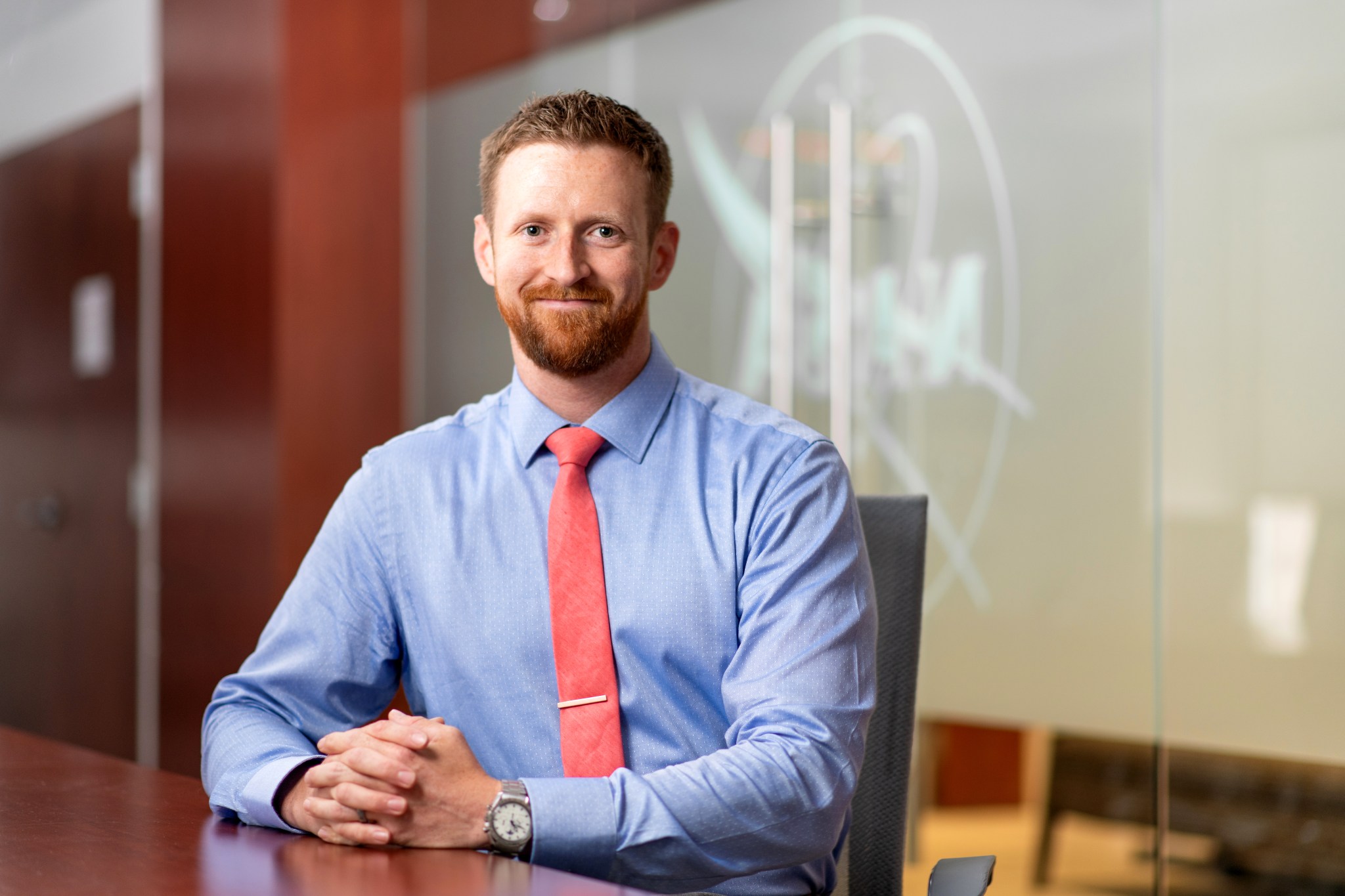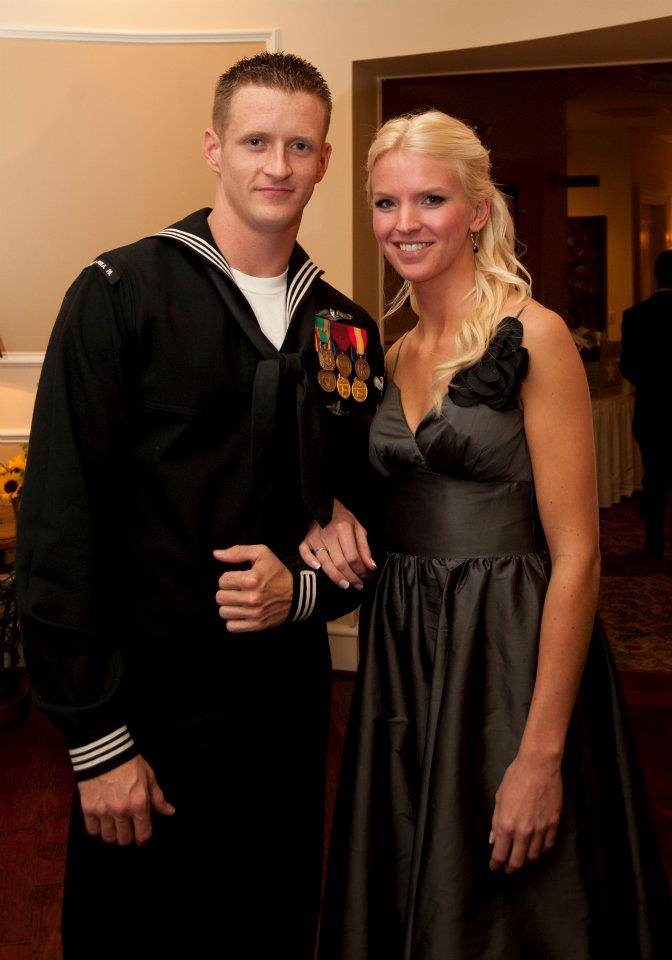Name: Mark Uffner
Formal Job Classification: Structural analyst
Organization: Code 542, Mechanical Systems Analysis and Simulation Branch, Applied Engineering and Technology Directorate
What do you do and what is most interesting about your role here at Goddard? How do you help support Goddard’s mission?
I work with engineers and designers who develop a concept for a part or component. They provide me with the design and I go through the gambit of structural analysis using finite element analysis. I build finite element models, which are used to predict how a part will behave under certain conditions. I can then analyze the model by applying launch loads or determining the fundamental frequency response.
I am also a co-chair for the Veterans Advisory Committee.
Tell us about your 10 years as a nuclear machinist’s mate in the U.S. Navy?
After I graduated high school, I enlisted in the Navy because of all the opportunities offered. I had a choice of careers and decided to become a nuclear machinist’s mate, which involved two years of Navy schooling. As a nuclear machinist’s mate, I performed maintenance and operated the nuclear propulsion plant of a submarine.
What is the rotation schedule for a nuclear submarine?
I was on a ballistic missile submarine, which has a crew of about 130 people. Each sub has a set rotation schedule of personnel, meaning two crews, each of which takes out the sub for about three months before returning to rotate. When a crew is on land, the crew receives training. We had three months in a sub, combined with the other crew for a month of maintenance, and then three months of training on land.
Please describe life on a submarine.
A sub is a long, steel tube. There are no windows. All the light is artificial. The air is artificial. We make our own water using steam and heat from the power plant and then desalinate the water, which was something I did. It is pretty much a large industrial space and is not meant for comfort.
The back third is the engine room and is primarily where I worked. There is a dining area called the crew mess.
We worked on an 18-hour day and in different watch sections. There were three main watch sections. Each watch section would take over the ship for a six-hour block. So you had six hours of watch, then six hours of maintenance or training, and then six hours of sleep.
How did you cope with the isolation while on the sub?
In one way, we were isolated but in another way we were in each other’s face.
Each person lives in a bunk room with a total of nine people. My bed was 2½ feet wide by 6 feet long. The beds were arranged in a horseshoe and stacked three high. There was a little storage under each bed for personal items. We were all together. We had no other option but to work together. When put in a hard position, you ultimately have to deal with it and move forward.
I worked out a lot. We did not have a gym, but equipment, such as a treadmill or free weights, were tucked in corners.
We could receive incoming emails from loved ones, but we could not send any. We had no telephones or internet. We could not send or receive regular letters. We were isolated.
I also read a lot. I also watched movies on my laptop. We could not live stream, so we had to download any movies before embarking. The same was true for any e-books.
After 10 years in the Navy, why did you decide to become an engineer? How did you come to Goddard?
Right before my last underway, meaning my time at sea, I met my future wife. Not being able to talk and being isolated from her made it too difficult, so I decided to leave the Navy.
A lot of my job in the Navy was mechanical and hands-on in nature. I very much enjoyed working difficult mechanical problems. So going to engineering school seemed a natural progression.
I originally started at Montgomery College’s mechanical engineering program and then transferred to the University of Maryland’s mechanical engineering program. I also became a Pathways student at Goddard, so I was a full-time student and part-time employee. I started in safety and moved into structural analysis. When I graduated in 2017, I began working full-time in my current position.
What are some of the more interesting projects you have worked on at Goddard?
I am very excited about my current project working for the spacecraft Plankton Aerosol Cloud Ocean Ecosystem (PACE). I am part of the group working on the actual spacecraft. I did some of the observatory-level performance analysis, a multi-disciplinary analysis involving thermal and systems engineers. I applied a temperature profile to a structural model to see how the temperatures caused the structure to expand and contract. This movement, although slight, is significant in that any instruments attached to the structure would also shift slightly altering where they were pointing. This is phenomenon is called thermal distortion.
What do you enjoy best about Goddard?
I love my job. I love being able to answer difficult questions. It is always something new, always challenging and I love challenges.
What do you do as co-chair of the Veterans Advisory Committee?
We have a monthly meeting of the entire committee. The three co-chairs meet more frequently. One of our co-chairs left, and two others replaced her. Everyone is always willing to drop everything they are doing to work on what needs to be done. We are very involved in the center’s diversity and inclusion program.
Our two big, center-wide events usually help celebrate Veterans’ Day in November and Memorial Day in May. We do all kinds of different things. Sometimes we have a speaker or an Honor Guard, often both. We recently brought four people from the Veterans Administration to answer questions about personal benefits. We try to do anything and everything we can to help our veterans.
Who was your last speaker?
For our last Veterans Day event, November 2019, Dr. Jonny Kim, then an astronaut candidate and now an astronaut, spoke at Wallops Flight Facility. Astronaut Kim was a Navy seal and is a medical doctor. We hope someday to ask Dr. Kim to speak at Goddard.
His speech blew me away! He said he wanted to become an astronaut to reach out to kids having trouble with direction. He wants to show them that they can do big, amazing things.
Is there something surprising about you, your hobbies, interests or activities outside of work that people do not generally know?
I am really into audio equipment. Over the shutdown, I built a headphone tube amp. I am now building a bigger and better one.
Also, I was an amateur bodybuilder while in school. I competed in a regional event in Baltimore. I still enjoy working out, but not to the level of bodybuilding.
By Elizabeth M. Jarrell
NASA Goddard Space Flight Center




























